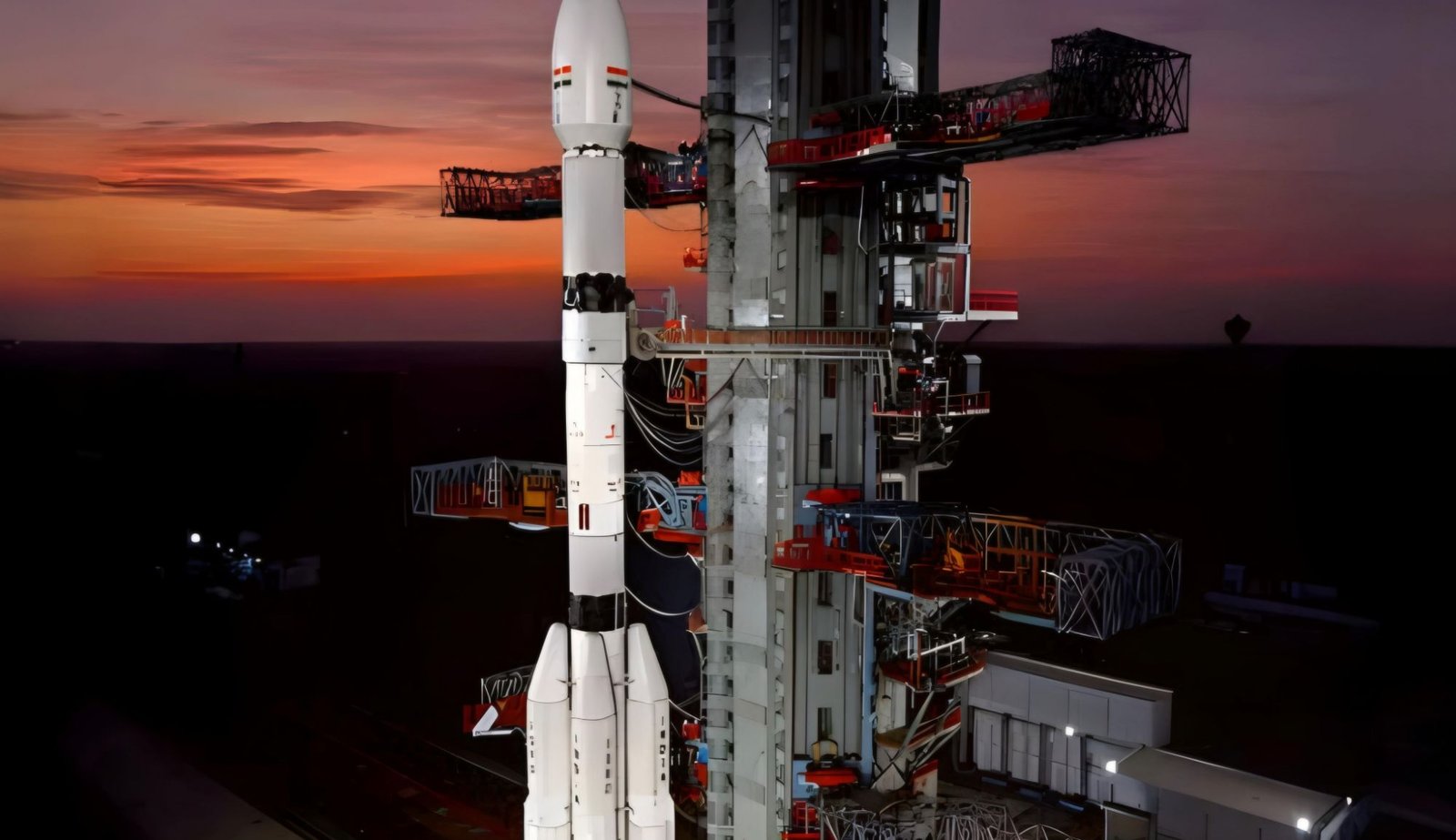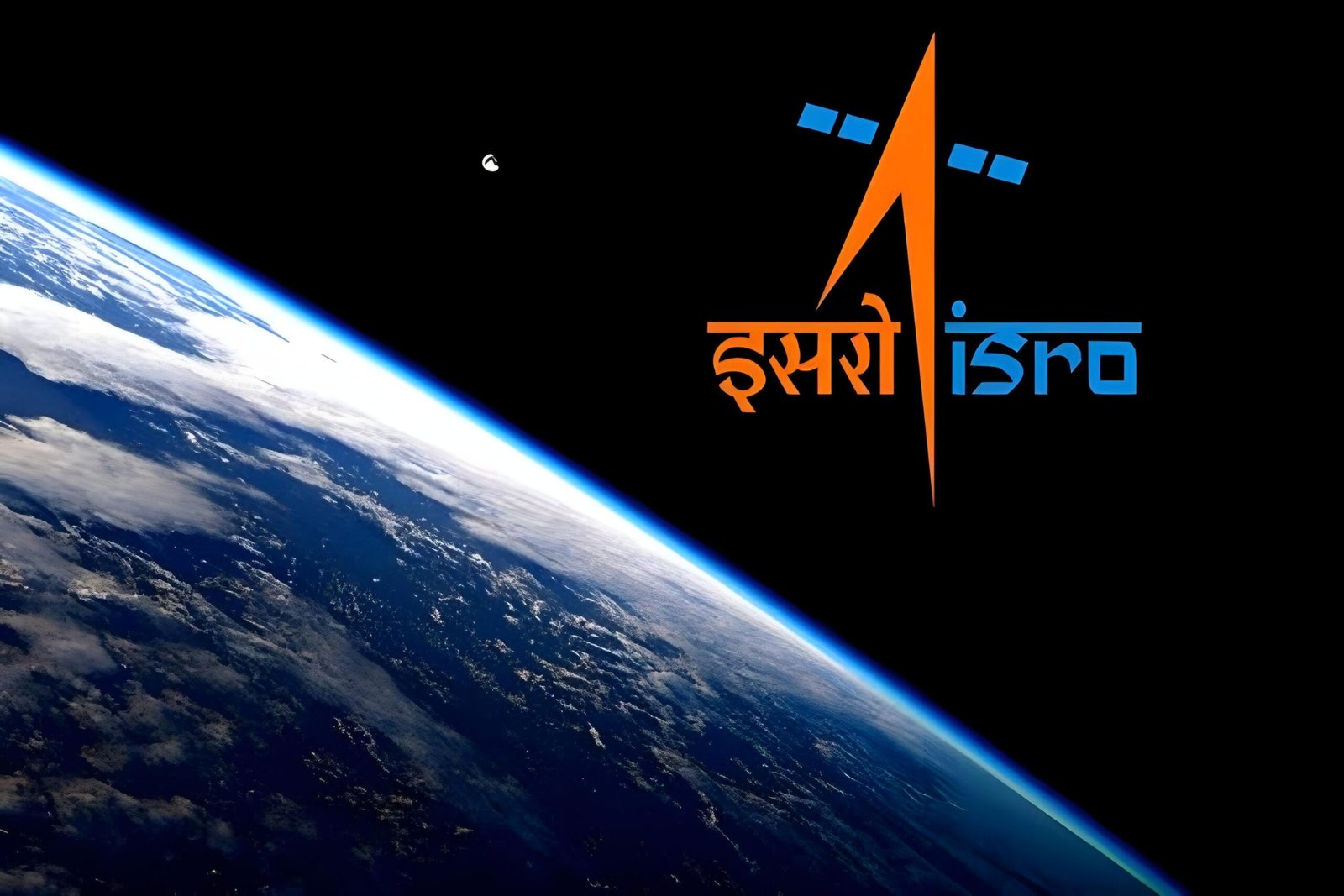
Under 100 Words: A Compact Summary
The GSLV-F14 is set to launch INSAT-3DS, a meteorological satellite, aiming to improve weather monitoring. Despite GSLV’s checkered history, success is crucial for future missions like NISAR, a joint NASA-ISRO Earth observation effort. INSAT-3DS, replacing older satellites, will provide vital data on Earth’s ecosystems, ice mass changes, sea levels, and natural hazards (India’s Newest Weather Satellite).
- The meteorological satellite INSAT-3DS is set to launch into space on Saturday evening, carried by the Geosynchronous Launch Vehicle (GSLV).
- The GSLV, affectionately known as the “naughty boy” due to its inconsistent track record, will embark on its 16th mission and 10th flight using the domestically developed cryogenic engine (India’s Newest Weather Satellite).
- The GSLV-F14 is scheduled to lift off at 5:35 pm from the Satish Dhawan Space Centre in Sriharikota, as announced by ISRO.
- The success of this mission holds significant importance for the GSLV, as it is slated to transport the Earth observation satellite NISAR later this year.
- NISAR is a collaborative effort between NASA and ISRO, making the upcoming launch a pivotal milestone for the rocket’s capabilities (India’s Newest Weather Satellite).
- NISAR is designed to map the entire globe within a 12-day cycle, offering “spatially and temporally consistent” data (India’s Newest Weather Satellite). This information will contribute to comprehending alterations in Earth’s ecosystems, monitoring changes in ice mass, tracking sea level rise, and assessing natural hazards like earthquakes and tsunamis, as stated by ISRO.
- Out of the 15 launches conducted using GSLV, at least four have failed. In contrast, ISRO’s reliable workhorse, the PSLV (Polar Satellite Launch Vehicle), has achieved success in 57 out of its 60 missions, with none failing (India’s Newest Weather Satellite). Additionally, the successor to PSLV, LVM-3, has maintained a perfect record, with all seven of its missions proving successful.
- INSAT-3DS, a satellite weighing 2,274 kg and designed for a mission duration of 10 years, is set to assume the responsibilities previously carried out by INSAT-3D (launched in 2013) and INSAT-3DR (September 2016), both of which have concluded their operational lifespans.

- The satellite’s funding has been entirely provided by the Ministry of Earth Sciences.
- Approximately 18 minutes after launch, INSAT-3DS will be placed into a 36,647 km x 170 km elliptical orbit, marking a crucial phase in its deployment.
- Upon becoming operational, INSAT-3DS will deliver sophisticated weather observations covering both land and ocean surfaces.
- Its capabilities will enhance short-range forecasting of severe weather phenomena like thunderstorms, contribute to visibility estimation crucial for aviation, and aid in the examination of forest fires, smoke patterns, snow cover, and climate studies.
ALSO READ – Aditya L1 LIVE: ‘Achieved with great precision’, says ex-ISRO chairman.